
When the Pandemic Forced the Art World Online, Some People Began Collecting—Or Returned to It
Mark Oldman , a wine expert based in New York whose most recent book on the topic is titled How to Drink Like a Billionaire , is no stranger to buying art in times of crisis. He made his first purchase, a photograph by Dan Holdsworth, in September 2008, on the eve of the Great Recession, as Lehman Brothers was going under. In the years since, he hired an adviser and acquired works along the way, including pieces by William Eggleston, Wayne Thiebaud, and Walton Ford. But Oldman didn’t have as much time or headspace as he wanted to devote to his collecting—until this past spring, when the coronavirus lockdown put everything on pause and he, like much of the world, was stuck at home. He spent hours online in April browsing the fundraising “Pictures for Elmhurst” sale, which raised $1.38 million for Elmhurst Hospital Center in Queens, finally buying a photograph by Stefan Ruiz. He pored over five catalogues he had received from the auction house Van Ham in Germany. He bought a Harland Miller print, titled Who Cares Wins (2020), from White Cube gallery. He nearly got a Vija Celmins in an auction but was outbid. He had crossed the barrier from buyer to collector.
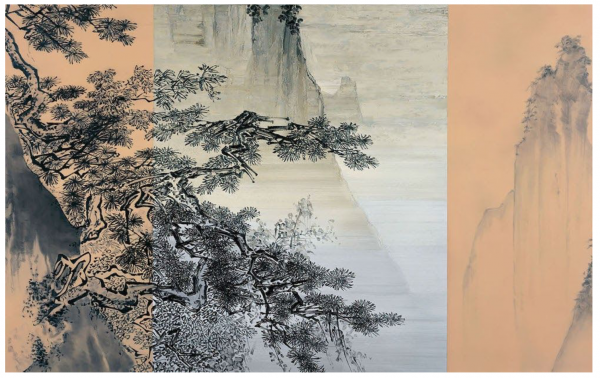
“Wine and art, they both have a certain inaccessibility when you start,” Oldman told ARTnews t his summer. “You just have to see a lot and, like developing your palette with wine, you have to develop your eye with art. In a way, you can say that during the pandemic I became a collector. I think you have to earn that title.”
With the arrival of the pandemic, the art market ground to a halt, and the outlook was grim. “The art world felt frozen,” mega-dealer David Zwirner told the Wall Street Journal, describing that period in late March. Almost immediately, galleries and auction houses moved to present as much art online as possible, and to create new ways for collectors to interact with the work on sale. These businesses had already been honing their virtual presentation, so when the time came, many of them were able to pivot with relative ease. And as it turned out, there were collectors like Oldman waiting on the sidelines, who finally had the time to focus on their passion. Still others started collecting for the first time. Now, the challenge will be maintaining the interest of seasoned buyers and digital newbies through the course of the pandemic—and beyond.
In facing the crisis, Sotheby’s pivoted fast, holding more than 100 online sales between March and June and, according to Amy Cappellazzo, chairman of the house’s fine art division, new clients made up around 30 percent of almost every one of them. Online sales totaled nearly $200 million during that period. (The same period in 2019 saw 40 online sales that brought in $23 million.)
Those results were seemingly buoyed by millennials, a generation comfortable in the digital space. In early August, the house announced that although overall sales of art for the first seven months of 2020 25.3 percent from the same period in 2019, millennials made up more than 30 percent of clientele in that period and were partly responsible for the period’s online sales reaching $285 million, triple the online total for all of 2019.
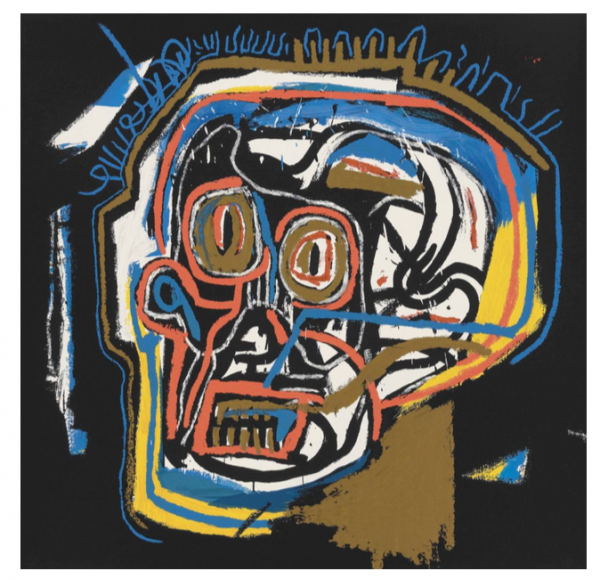
On June 30, Sotheby’s tested the online market for high-value art with an all-virtual evening sale, a five-hour, 80-lot affair that included works from the estate of the esteemed Ginny Williams, followed by sales of Impressionist, modern, and contemporary art from various owners that accrued $363.2 million, near the high end of the house’s presale estimate. In that sale, Sotheby’s achieved its highest-ever price for a work sold to an online bidder when Jean-Michel Basquiat’s Untitled (Head) from 1982 sold for $15.2 million.
“I think now Covid has disrupted lots of things and lots of ways of working, and some of those disruptions are going to be permanent,” said Cappellazzo. “And the fact that people will feel comfortable transacting online, I believe that to be something that will be permanent. Covid, as unfortunate as it is, accelerated that technological disruption.”
A little over a week later came Christie’s “One: A Global Sale of the 20th Century,” a four-and-a-half-hour event that started in Hong Kong and then trapezed across time zones—from auctioneer to auctioneer—to Paris, London, and New York. The sale brought in $420 million for its 78 lots, with the top grosser, representing almost 11 percent of the total, being Roy Lichtenstein’s late-career canvas Nude with Joyous Painting (1994). The sale had a 94 percent sell-through rate and more than 80,000 viewers.
“I sent an email after the ‘One’ sale to my colleague Ana Maria Celis, the head of sale, that basically said, ‘We just changed the art market,’” Christie’s deputy chief marketing officer Matthew Rubinger said. “It ended one era, and a new era began.”
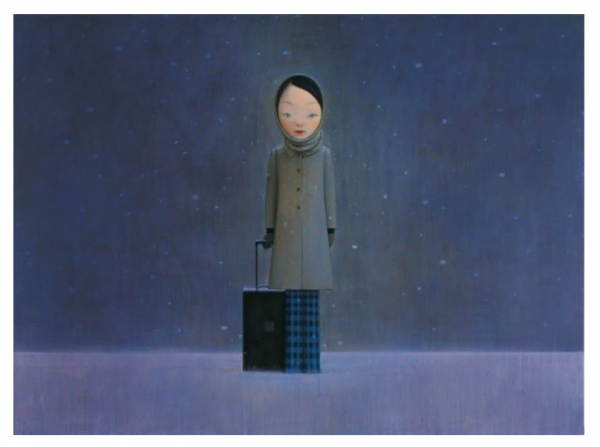
Christie’s sold nearly 8,000 lots online between when lockdown started in March and August; of all buyers in that period, 34 percent were new to Christie’s. Christie’s highest average spenders during lockdown have been what they call “new-to-channel” clients—those who had transacted with Christie’s at auction prior to lockdown but who migrated to online-only sales. That group purchased 5 of the top 10 lots sold
online during lockdown, and 20 percent of them had not bought with the house in the past two years but re-engaged online.
The world’s major auction houses had already gone global, but if the old era was event-driven, the new one would be digital-first. “We’re moving into a world that is global-first, digital-first, client-first,” Rubinger said. “And then we punctuate with special events and dinners and big auction events and exhibitions.”
“Our client base is shifting,” he continued. “Where we are going is one consistent client journey where our clients—both newer, younger clients as much as mature, experienced collectors—can engage with us on their phones, on their computers. We now know that our clients want to engage with us in all of those different ways and we need to connect the dots for them.”
Rubinger is seeing a reversal of the traditional auction house thinking about digital when it comes to the art object. Whereas it used to be object first, online presentation second, now it’s the other way around. “Rather than thinking about our physical exhibitions first and how our website and the app can enhance those, we’re actually thinking about that in the reverse way,” he said. “A few years ago, we may have thought about where the painting is going to be physically, and then let’s think how we’ll present it digitally.”
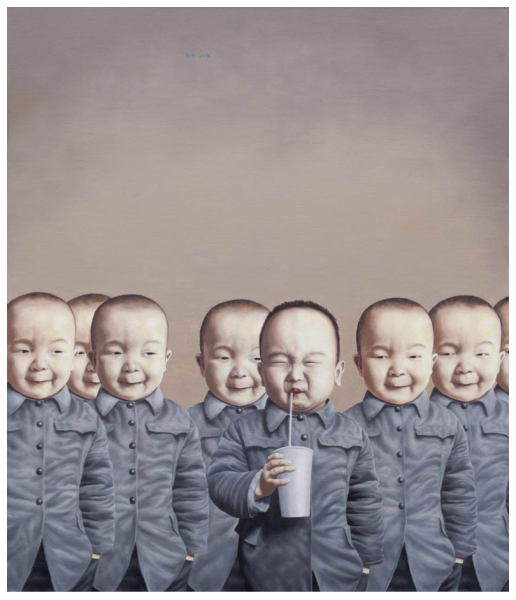
One thing art-market players are learning is that when it comes to younger buyers (think under 45), what they want is content, content, content. At the beginning of the pandemic, inquiries dipped for the services of the two-year-old online venture Approximately Blue, which sees itself more as a full-service, customer-experience-focused art collection management operation than a gallery. But in June, inquiries shot through the roof. In terms of sales, June 2020 became their best month on record.
Founded in 2018 by Emily Johnson and François-Luc Giraldeau—the two met while Johnson was working in the art advising division at the digital marketplace Artspace and Giraldeau was in the architectural division at the company’s parent, Phaidon—Approximately Blue focuses on developing rich editorial content about the artworks it offers, primarily works on paper from blue-chip names that it sells on behalf of a master printer, Steven M. Andersen, in Minnesota.
“Art, in general, is an intimidating venture,” Johnson said. “If you’re looking for art, you often don’t know where to start. One thing that we’ve really tried to mitigate is that kind of intimidation.” Giraldeau feels that all collectors should “dig deeper and encourage emerging platforms and content creation houses like us because there’s a lot to unearth.” He further urged that “if they want to be part of what’s coming, this is where they should look.”
The duo tout a non intimidating approach that they’ve found appeals to a younger group of digital natives, one based on “constant communication and an actual conversation,” as Giraldeau puts it. He and Johnson look at prospective clients’ Instagram and other social media accounts to gain a sense of their aesthetic, then follow up with phone calls and texts.
“The clients felt a lot more like they were talking to very knowledgeable friends,” Giraldeau said. “That makes the whole process a lot more interesting, engaging, and altogether more fun.”
One client that Johnson and Giraldeau have worked with since the coronavirus outbreak is Rachel Floeder, a 26-year-old employed in a luxury fashion showroom that represents emerging designers. She found Approximately Blue via Instagram, and was drawn by the personal anecdotes and opinions in Johnson and Giraldeau’s editorial content. “It seemed so genuine and fresh and slightly provocative,” said Floeder, adding that follow-up conversations focused on their “wanting to know about me personally and what are my interests, what speaks to me. It didn’t feel like a normal client-seller relationship. It felt much more personal and more curated but also the level of their customer service [appealed to me].”
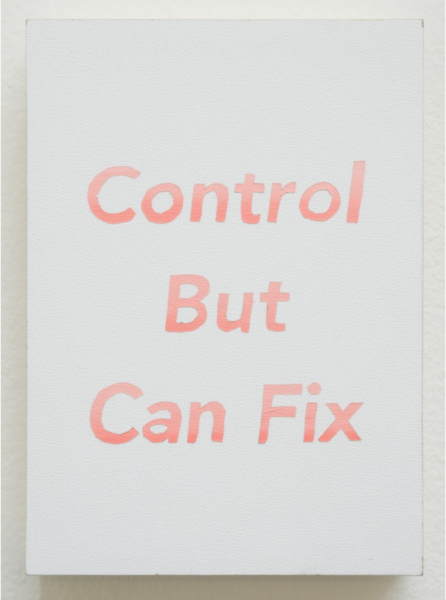
Floeder was moving during the pandemic, from Chinatown in New York to the Lower East Side, and was looking to add artwork to her walls. “It’s actually been a great time of reflection,” Floeder said. “I couldn’t tell you the last time I spent this much time with my things.” She purchased an artwork that addressed her feelings during lockdown, a work on paper by Sam Dirck, that features, in pink lettering, the words “Control But Can Fix.” “It personally resonated with me,” she said. “I was feeling kind of trapped in Manhattan, which for me has always been a freeing city.”
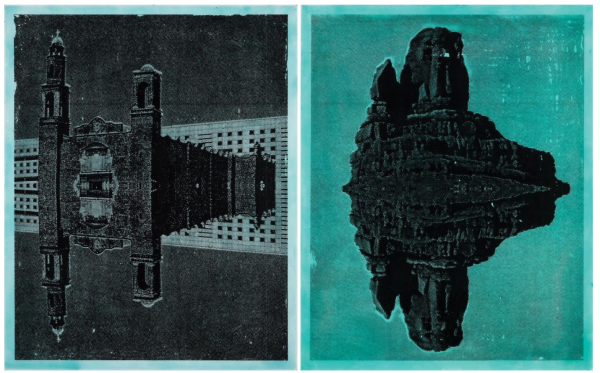
Having to stay home has collectors thinking more about what they want on their walls. “People are stuck at home for months,” said Andrea Hazen, who runs Hazen Advisory and advises Oldman, as well as other clients. “They’re realizing the value of their home more than ever and they’re looking around and realizing they should do those projects, design projects. And art is part of that. It’s definitely on people’s minds.”
The downside is that they can’t go to art fairs. The cancellation of fairs around the world initially looked like it might spell doom for a lot of lower and mid-tier galleries, but it turned out some collectors were just as comfortable—if not more so—buying from those same fairs online.
Detroit-based collector Fernando Castro-Caratini connected in early May with Embajada gallery—which has a location in San Juan, Puerto Rico, and focuses on supporting the work of Puerto Rican and Latinx artists—during the online run of Frieze New York. Embajada’s owners, Manuela Paz and Christopher Rivera, were hosting work in their apartment, under the title Embajada Foyer, and gave Castro-Caratini and two other potential clients a tour of the show via Zoom. He eventually purchased two works by Claudia Peña Salinas, a participant in the Whitney Museum’s 2018 exhibition “Pacha, Llaqta, Wasichay: Indigenous Space, Modern Architecture, New Art.”
“The experience of buying from Embajada in these times was a very unique one,” Castro-Caratini said. “Touring the space and seeing the work with the background noise of Manuela and Christopher’s birds, having the opportunity to have a lengthier conversation over Zoom than you’d typically get at a fair was fantastic. By no means do I want it to replace the in-person experience, but it certainly can enhance the viewing and collecting experience moving forward.”
“I couldn’t tell you the last time I spent this much time with my things.’’
Other online efforts found galleries banding together to replace the action they would normally see in the gallery and at fairs, including rich content that many collectors could more easily access and absorb.
Ellen Friedman, a collector based in Southern California who has been buying art for almost three decades, hadn’t bought for two years. But in June, she acquired a piece by Long Beach–based artist Narsiso Martinez from Charlie James Gallery on GalleryPlatform.LA, a joint effort by 81 Los Angeles galleries to present artwork for sale in an online space featuring a rotating calendar of 10 galleries per week. Having watched the roiling protests after the killing of George Floyd by police at the end of May, Friedman and her husband wanted to change their collecting habits to support the work of artists of color and purchase art with more politically and socially engaged content.
“I’ve been to Art Basel and Miami Basel and I’ve never purchased a piece at an art fair,” Friedman said. “It’s kind of not my jam, so to speak. I went just to attend. But when I brought up GalleryPlatform.LA, Charlie James Gallery’s show was there and then I read about the artist. The story was just very moving. It’s talking about the Latinx community and farmworkers’ rights—made on apple boxes. I wanted to change the direction of the work we collect.”
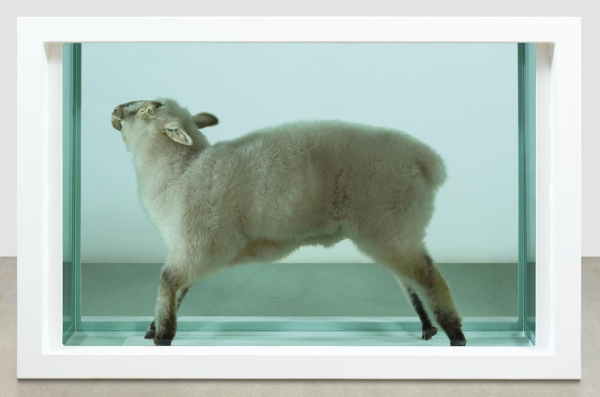
Galleries that can afford to do so are enhancing their own content offerings, and seeing the interest in existing ones grow. Between May and early August, Gagosian gallery saw readership of the online version of its three-year-old Gagosian Quarterly magazine grow by more than 50 percent. During the same period, its new Artist Spotlight series, which features images, videos, and texts related to individual artists, generated nearly 17 million impressions on Instagram and, through it, the gallery said, it sold new and recent works by Mark Grotjahn (at $5 million), Damien Hirst (at $2.2 million), and Urs Fischer (at $775,000).
In terms of price points, auction houses and mega-galleries like Gagosian are outliers. Much of the art that has sold online during the pandemic has been at a more modest level. Hazen, the art adviser, said that some of her clients, all of whom are U.S.-based, are willing to purchase works online without having seen them in person, up to the $50,000 mark. Above that figure, she’s felt resistance; at $100,000 or $200,000, her clients would rather wait until they can see the work in person.
“My experience with clients is that they don’t buy from JPEGs, even if they know an artist,” Hazen said. “Part of collecting is the journey: traveling and experiencing and meeting the dealers. It’s kind of an old-school way. It’s not just shopping over JPEGs. I think that becomes very impersonal, for my clients, in particular.”
Anecdotally, of the ARTnews Top 200 Collectors surveyed for this issue, responses varied as to whether they were comfortable buying online: many said they had already been doing so for years and others said they had only done so because of the pandemic.)
But for Oldman, the wine expert who became a collector during lockdown, one aspect that he liked in particular about buying art online was how it allowed him “to figure out what is a reasonable price” for what he was buying by doing deep research on past auction prices via the Artnet Price Database. He liked that online viewing rooms for some of the world’s top fairs allowed most anyone to see the prices for works on offer.
“The question remains, Wouldn’t it be better to see this art in person,” Oldman said. “And yes, it would, but if the work is moderately priced and it moves the molecules—my expression for when a work rises to a level where I know I want to buy it—it’s worth taking the chance. What I lost by not seeing these works in person, I made up for in price research.
Oldman calls his hours of scrolling through artworks and fantasizing about seeing them in his home “an escapist endeavor” that he found “relaxing and creatively stimulating.”
“The pandemic slowed me down so I could really focus on art, whereas sometimes art isn’t the top priority in my life,” he said. “The pandemic actually afforded me the opportunity to go deeper and focus.”
Credit: Artnews
